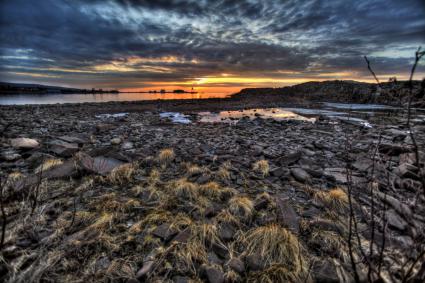North Woods Naturalist


Arts, cultural and history features on WTIP are made possible in part by funding from the Minnesota Arts and Cultural Heritage Fund. Check out other programs and features funded in part with support from the Heritage Fund.
North Woods Naturalist: The language of bark, part 2
-WTIP’s Jay Andersen talks with naturalist Chel Anderson about the language of bark. This is part two of a two-part North Woods Naturalist feature.
(Photo by Jeffrey Bary, Flickr)
North Woods Naturalist: The language of bark, part 1
-WTIP’s Jay Andersen talks with naturalist Chel Anderson about the Language of Bark. This is part one of a two-part North Woods Naturalist feature.
(Photo by Evelyn Berg on Flickr)
North Woods Naturalist: Fall is closing in
-Fall has been a long time coming, but it’s closing in on us. WTIP’s Jay Andersen talks with naturalist Chel Anderson about the November of 2016.
(Photo by Richard Droker on Flickr)
North Woods Naturalist: Fall to winter changes
-The seasons are changing, slowly -- and they are getting warmer. WTIP’s Jay Andersen talks with naturalist Chel Anderson about fall to winter.
(Photo courtesy of Gary J. Wood on Flickr)
North Woods Naturalist: Ruffed grouse
-Traditionally fall is when we’re most apt to see ruffed grouse, especially if we’re hunters. But grouse sign is visible all year. WTIP’s Jay Andersen talks with naturalist Chel Anderson about these birds well adapted to our northern environment.
(Photo courtesy of Jean-Guy Dallaire)
North Woods Naturalist: Autumn update
-Autumn is slow in coming, but changes are being made in the natural world, just not as apparent as in some years. WTIP’s Jay Andersen talks with naturalist Chel Anderson about an autumn update.
North Woods Naturalist: Belted kingfishers
-They’re blue and somewhat stocky and you’ll always see them around water. WTIP’s Jay Andersen talks with naturalist Chel Anderson about belted kingfishers and their strange nesting habit.
(Photo courtesy of Kim Seng on Flickr)
North Woods Naturalist: Flowers that open and close
-Some flowers close at night, others stay open. WTIP’s Jay Andersen talks with naturalist Chel Anderson about how they do it and a bit about what we know why they do it.
(Photo courtesy of Forest Farming on Flickr)
North Woods Naturalist: Twinflower
-This flower has three ways to reproduce – pollen, seeds and cloning. WTIP’s Jay Andersen talks with naturalist Chel Anderson about twinflower.
(Photo courtesy of Charles Wohlers on Flickr)
North Woods Naturalist: Bumblebees
-The queens are busy this time of year, contributing to their important role as pollinators. WTIP’s Jay Andersen talks with naturalist Chel Anderson about bumblebees.
(Photo by Bill Bumgarner on Flickr)



